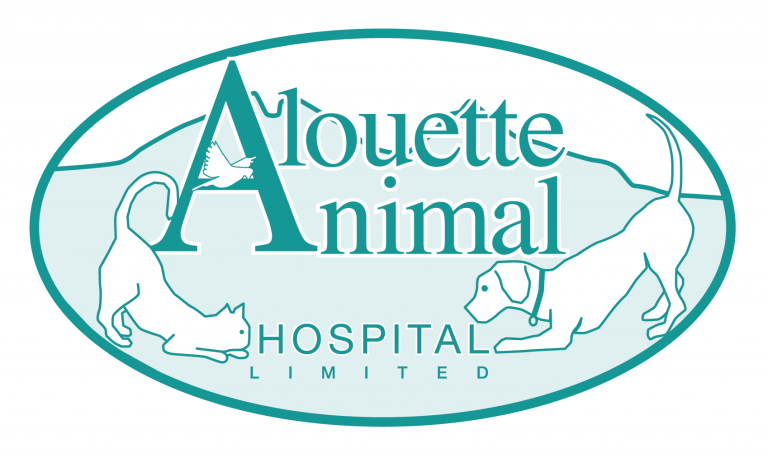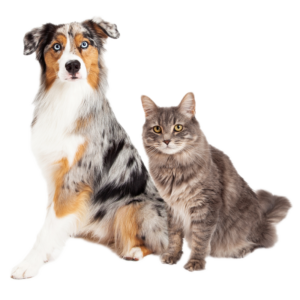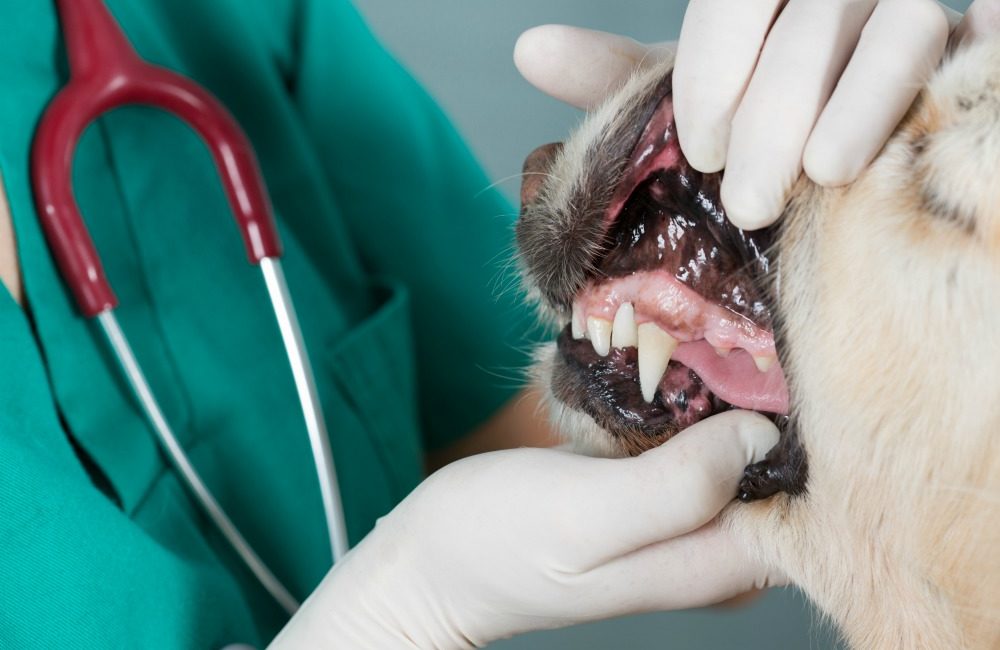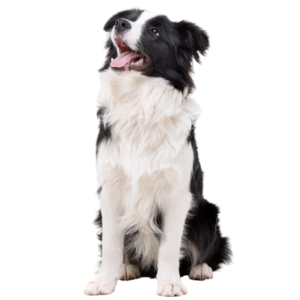The COHAT (Comprehensive Oral Health Assessment and Treatment) is a dental procedure performed on pets, particularly dogs and cats, to evaluate and treat dental issues. It involves a thorough examination of the oral cavity, including the teeth, gums, and other oral structures. The COHAT procedure is typically carried out by a veterinarian or a veterinary dentist under general anesthesia.
The COHAT procedure is highly beneficial and necessary for pets for several reasons:
Early detection of dental issues: Pets, particularly dogs and cats, are prone to dental problems such as periodontal disease, tooth decay, and oral infections. These issues can be challenging to detect without a thorough oral assessment. The COHAT procedure allows for the identification of dental problems at an early stage, before they progress and cause significant discomfort or health complications for the pet.
Preventive care: Dental disease in pets is often preventable with proper oral hygiene and regular professional dental care. The COHAT procedure not only addresses existing dental issues but also serves as a preventive measure. It includes scaling and polishing to remove plaque and tartar, reducing the risk of periodontal disease and other dental problems. This helps maintain optimal oral health for the pet and minimizes the need for more invasive and costly treatments later on.
Pain relief and improved quality of life: Dental problems can be incredibly painful for pets, affecting their ability to eat, chew, and enjoy their daily activities. By undergoing a COHAT procedure, any painful dental issues can be identified and treated. This provides relief for the pet and improves their overall quality of life. Additionally, addressing oral health problems can help prevent the spread of infection and associated complications that can affect other organs in the body.
Overall health benefits: The health of a pet’s mouth is closely connected to their overall well-being. Dental disease can contribute to other health problems, such as heart disease, kidney disease, and respiratory issues. By maintaining good oral health through regular COHAT procedures, the risk of these systemic health issues can be reduced.
Long-term cost savings: Investing in regular COHAT procedures for your pet can lead to long-term cost savings. By addressing dental issues early on, you can avoid more extensive and costly treatments that may be required if dental problems progress. Additionally, preventive care through COHAT can help minimize the risk of costly dental emergencies in the future.
In summary, the COHAT oral assessment procedure is necessary for pets to ensure their oral health, prevent dental disease, alleviate pain, improve overall health, and potentially save on long-term costs. Regular dental care is an essential part of responsible pet ownership and contributes to the overall well-being and longevity of your pet.
COHAT Procedure:
Here are the key components of a COHAT procedure:
Pre-anesthetic evaluation: Before the procedure, the veterinarian will assess the overall health of the pet and perform pre-anesthetic blood work to ensure the pet is healthy enough to undergo anesthesia.
Anesthesia: The pet is placed under general anesthesia to ensure their comfort and safety during the procedure. Anesthesia allows the veterinarian to perform a more comprehensive examination and any necessary treatments without causing discomfort to the pet.
Oral examination: Once the pet is under anesthesia, the veterinarian will thoroughly examine the oral cavity, including the teeth, gums, tongue, and other structures. They will assess for any signs of dental disease such as plaque, tartar, gingivitis, periodontal disease, oral tumors, or other abnormalities.
Dental X-rays: Dental radiographs (X-rays) may be taken to evaluate the health of the tooth roots and surrounding bone. This helps identify any hidden dental issues that may not be visible during the physical examination.
Scaling and polishing: If there is a buildup of plaque and tartar on the teeth, the veterinarian will use special dental instruments to remove these deposits. This process is called scaling. After scaling, the teeth are polished to make the tooth surfaces smoother, which helps delay the re-accumulation of plaque.
Extraction and treatment: If any teeth are severely diseased, fractured, or causing pain, they may need to be extracted. The veterinarian will perform tooth extractions if necessary and may also perform other treatments such as root canal therapy or periodontal treatments, depending on the specific dental issues present.
Post-treatment care: After the procedure, the pet will be closely monitored as they recover from anesthesia. The veterinarian may provide pain medication and antibiotics, if needed. They will also provide recommendations for home dental care, such as brushing the pet’s teeth regularly, using dental chews or treats, or using dental rinses to maintain oral health.
The COHAT procedure is important for maintaining the oral health of pets. Dental disease can lead to pain, tooth loss, and systemic health problems if left untreated. Regular dental examinations and professional cleanings are crucial to prevent and manage dental issues in pets.
Written by: Dr. Mohammad Hasiri



